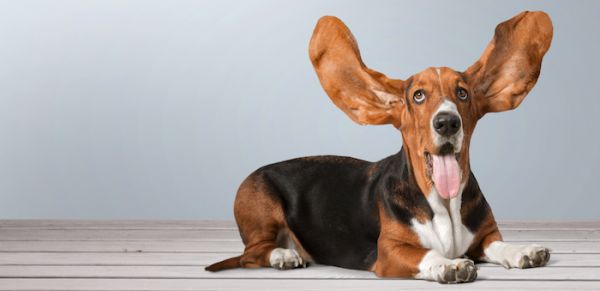|
Jake the boisterous cocker spaniel presented with a strange swelling on one of his ear lobes. It was 'soft and squishy' and painful to touch. He had been shaking his head over the previous week and his ear canal smelt like old footy socks!
Following an examination a diagnosis was made. Not only did Jake have a nasty yeast infection, the odd swelling on Jake's ear was diagnosed as an aural haematoma. This phenomenon can easily be explained when you understand the structure of the ear lobes.
Your pet's ear lobes (pinnae) are made up of cartilage and this is covered by the layers of skin. In the connective tissue between the skin and the cartilage there are lots of blood vessels and nerves. An aural haematoma is a collection of blood from these blood vessels (simply a big blood blister).
What causes it?
Damage to the blood vessels in the pinnae lead to the accumulation of blood between the skin and cartilage. The damage often occurs following trauma or when when your pet shakes their head. Ear infections, allergies or foreign objects (such as grass seeds) are common reasons your pet may shake their head.
Dogs with long ears are more prone to aural haematomas but any breed can be affected.
Surgery is the best and most effective way to treat an aural haematoma. The blood is drained and the skin is sutured back on to the cartilage. If the pet has an underlying infection, this also needs to be treated, and any foreign bodies removed.
Jake underwent surgery and was given an ear medication to treat the yeast infection. He also had to wear an elizabethan collar to stop him rubbing at the ear and the sutures. He recovered beautifully and once the hair grew back on his ear (it was clipped for the surgery), it was difficult to tell there was ever a giant blood blister there in the first place!
We recommend you check your pet's ears regularly and if you notice any changes you should arrange a check up with us ASAP. Prompt treatment of any problems will, in many cases, help to prevent an aural haematoma occurring.
|
